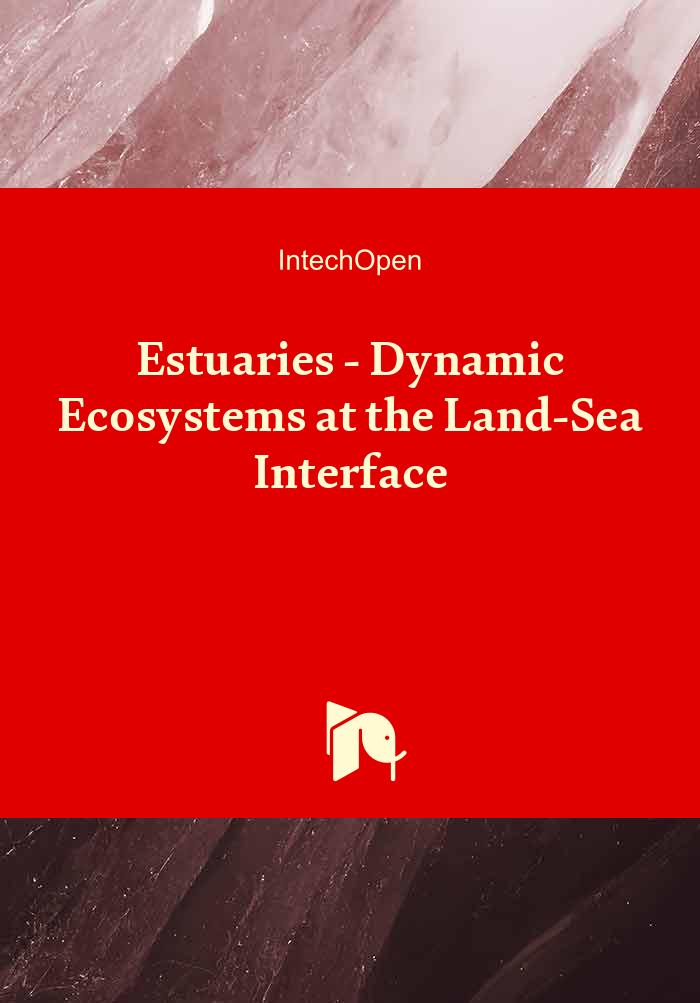Tiny tubeworms, big warnings: life-history clues in changing estuaries
Published in Ecology & Evolution
Shifting traits, hidden warmings
Marine tubeworms are often used as environmental indicators. Scientists already monitor their presence or absence to gauge water quality and ecosystem health. But what if we’re overlooking a more subtle, yet powerful, signal? Our new research [1] suggests that tubeworms can reveal signs of stress not just by disappearing, but through changes in how they grow, reproduce and develop. These shifts in life-history traits—like delayed maturation, slower growth or reduced adult performance—can occur before populations collapse.
From indicators to informants
 When we talk about species under threat, we often focus on extinction as the end point. But long before a species vanishes, it can begin to falter in ways that are less visible. Changes in generation time, body size, reproductive timing or growth rates often indicate that populations are struggling to cope. These traits are the very foundation of population resilience: their ability to bounce back after disturbance.
When we talk about species under threat, we often focus on extinction as the end point. But long before a species vanishes, it can begin to falter in ways that are less visible. Changes in generation time, body size, reproductive timing or growth rates often indicate that populations are struggling to cope. These traits are the very foundation of population resilience: their ability to bounce back after disturbance.
In our study of estuarine tubeworms, we found that these organisms don’t just respond to environmental change by vanishing. They shift. Their development slows. Their reproductive capacity declines. And their generation time lengthens—all before population numbers drop significantly.
A warning system for estuaries
This matters because estuaries are under increasing pressure from human activity—pollution, dredging, climate change and nutrient loading are reshaping these dynamic environments. If we wait until key species disappear, it may already be too late. But if we monitor shifts in life-history traits, we can detect trouble earlier, giving conservation efforts a fighting chance.
In a way, tubeworms become both sentinels and storytellers. They help us interpret the pace of life in their habitats – and when that pace slows, it’s a red flag. These insights could inform restoration efforts, policy decisions and even how we define ecological thresholds in degraded habitats.
From trait shifts to timely action
Our research supports a shift in how we use biological indicators. Rather than simply ticking boxes for species presence, we need to track how those species are functioning. That means incorporating trait-based monitoring into conservation frameworks, particularly in vulnerable and heavily used environments like estuaries.
By paying attention to the subtle biological signals in organisms like marine tubeworms, we might intervene early enough to prevent irreversible damage. In the end, it’s not just about saving a species; it’s about preserving the integrity and resilience of the ecosystems we all rely on.
Case study
Ophryotrocha labronica
Ophryotrocha labronica is a small, fast-reproducing tubeworm commonly found in estuarine and coastal environments worldwide. Its remarkable adaptability allows it to thrive in habitats subject to variable salinity, temperature and organic enrichment. However, this same flexibility also makes O. labronica highly sensitive to environmental stressors. Studies have shown that under degraded conditions, such as reduced salinity or increased pollution, O. labronica exhibits slower development, delayed maturity and a marked reduction in reproductive output. For example, individuals exposed to low salinity produce fewer and larger eggs, and their tolerance to heat stress declines [2]. These subtle life-history shifts often occur well before any noticeable drop in population numbers, making O. labronica an ideal early-warning indicator of estuarine habitat degradation [2,3]. By monitoring changes in its growth and reproductive traits, scientists can detect ecological trouble long before irreversible damage sets in.
References
[1] Smallegange IM, Edwards LHA, Attle A. 2025. Population performance and resilience in polychaetes as environmental indicators of estuarine ecosystems. In: Estuaries – Dynamic Ecosystems at the Land-Sea Interface (Ed. Pereira L). Rijeka: InTechOpen.
[2] Jarrold MD, Chakravarti LJ, Gibbin EM, Christen F, Massamba-N’Siala G, Blier PU, Calosi P. 2019. Life-history trade-offs and limitations associated with phenotypic adaptation under future ocean warming and elevated salinity. Philos Trans R Soc Lond B Biol Sci.
[3] Rodríguez-Romero A, Jarrold MD, Massamba-N’Siala G, Spicer JI, Calosi P. 2015. Multi-generational responses of a marine polychaete to a rapid change in seawater pCO2. Evol Appl.



Please sign in or register for FREE
If you are a registered user on Research Communities by Springer Nature, please sign in